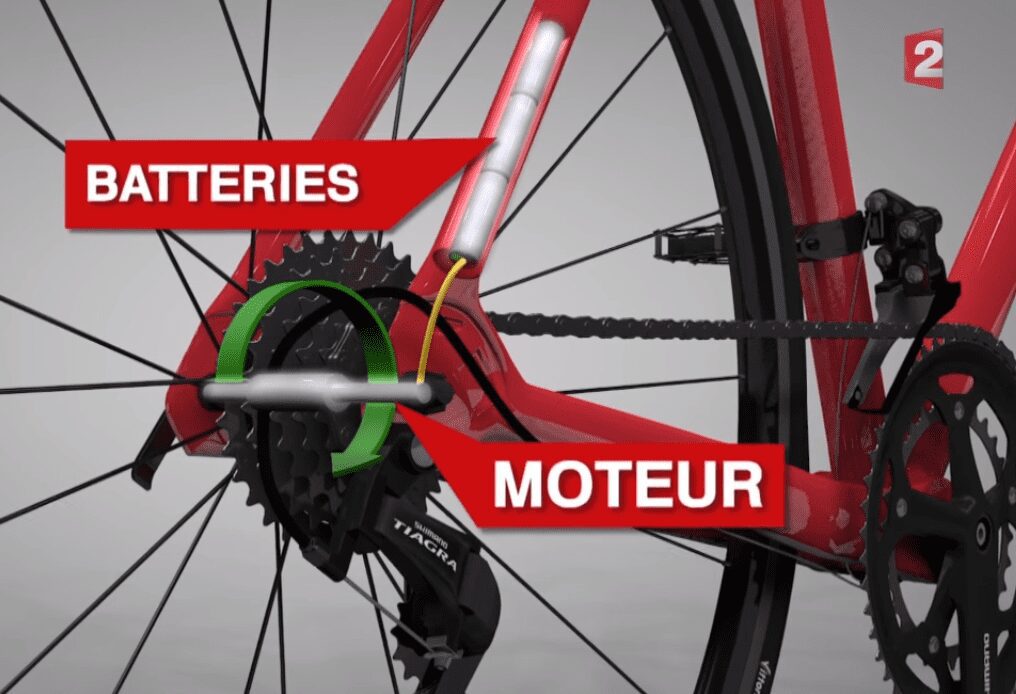At the MyWhoosh presentation in Abu Dhabi on Thursday, David Lappartient discussed how data could combat motor doping in cycling. MyWhoosh is taking over from Zwift as the racing platform for the next three esports worlds, and the UCI president was present to address it, as first reported by cyclingnews.com.
The fight against tech fraud
Esport cycling has witnessed many instances of technological fraud, with athletes manipulating equipment and falsifying data. Lappartient announced that MyWhoosh would use data from riders and Artificial Intelligence (AI) to detect potential cheating in esports races. He hinted at extending MyWhoosh’s technology to scrutinize performances in professional road racing.
The idea of using data to track down cheaters was initially proposed by Lappartient in 2018, coinciding with the introduction of a mobile X-ray machine to combat motor doping.
“We’ll discuss if this AI technology can be used in real races to detect or at least to target some controls on the bikes,” Lappartient told cyclingnews. “I’m sure AI and these new technologies will also help detect or target riders. It may be a problem with the number of watts. Or there could be a comparison with all the data we have. I think there’s a bridge there, and we spoke about how we can use their technology. There’s more to come on this.”
The shadow of motor doping
For over a decade, there have been rumors about cyclists using motors in the bike or tech in the wheels to gain an advantage. From Fabian Cancellara to Ryder Hesjedal, Lance Armstrong, or more recently, Sepp Kuss, many have suggested that some are using an unfair advantage.
Previous investigations in French and Italy
In 2016, the French TV show Stade 2 raised concerns about a potentially higher prevalence of mechanical doping. The report suggested it went unnoticed by the UCI. Using a disguised thermal camera during the Strade Bianche and Coppi e Bartali races, the program claimed to have recorded evidence of mechanized doping.
A report in the Italian newspaper Corriere della Sera that same year highlighted that the TV program identified seven instances of mechanized doping through the thermal camera. In five cases, unusual heat in the bottom bracket indicated potential motor assistance, while two instances showed heightened heat in the rear wheel’s hub or cassette. Consulting a thermal imagery specialist confirmed the suspicious nature of the captured images. That indicated abnormal heat in…
Click Here to Read the Full Original Article at Canadian Cycling Magazine…

